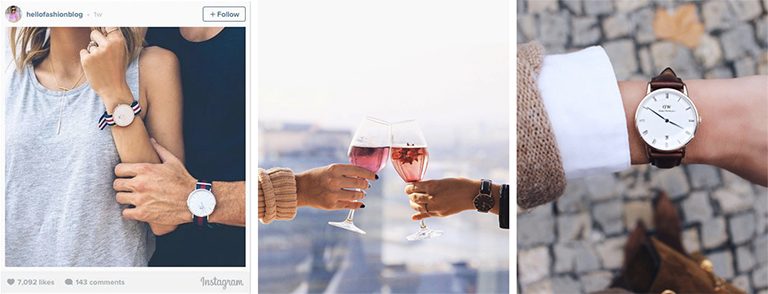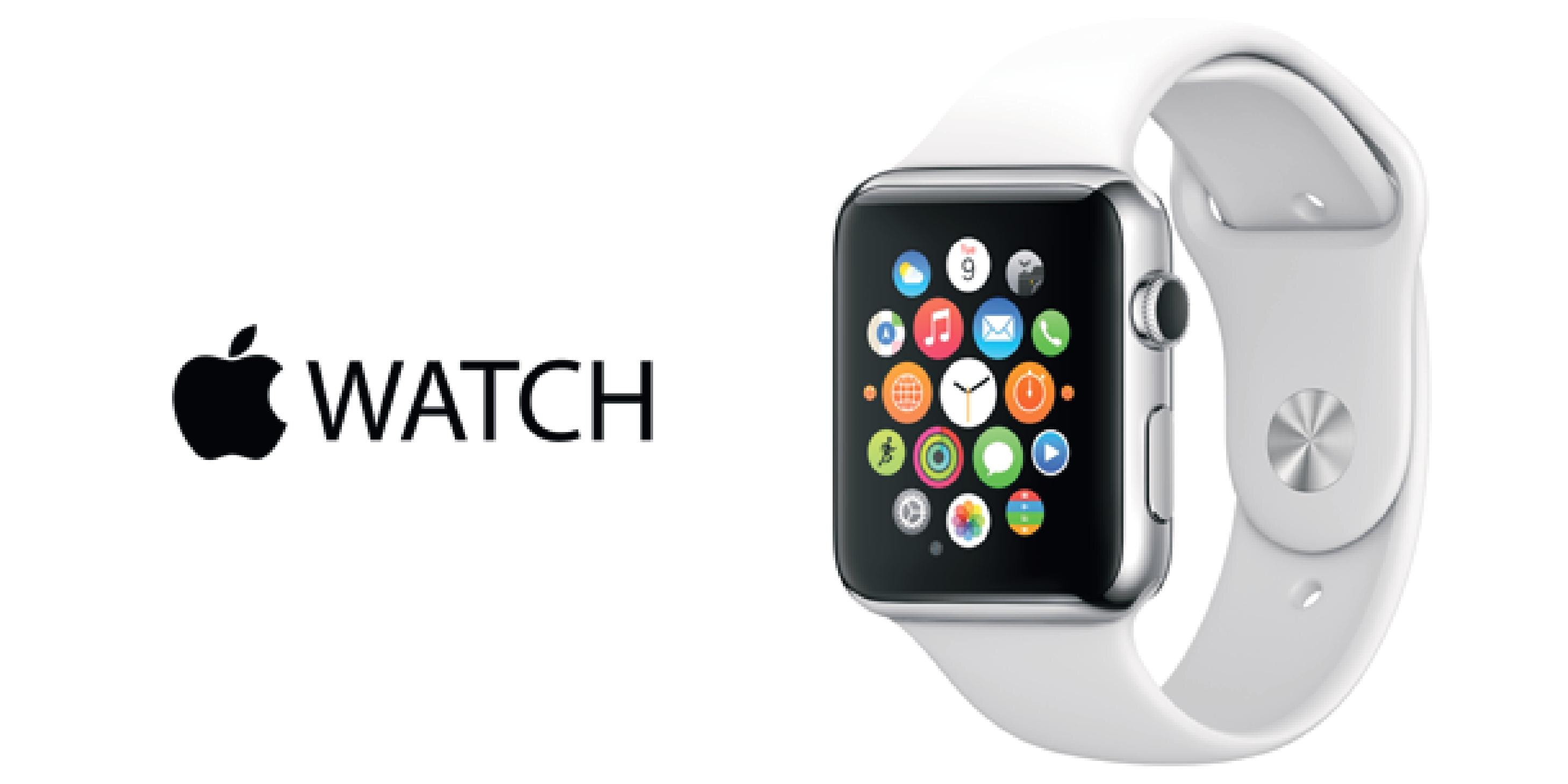The story
Every brand can benefit from a good story, and DW’s is good. It’s the perfect underdog story: a young man who can’t afford a Rolex goes on to found a multimillion dollar company in under 5 years, using only his ingenuity (and maybe a healthy dollop of luck).
Let’s set the scene:
Filip Tysander was fresh out of high school and off to discover the world. Starting his own business, much less a multimillion dollar company, wasn’t even on his radar. He was backpacking through Australia in 2006 when he encountered a stylish stranger who wore a chunky Rolex Submariner secured by a nylon NATO strap.
His name was Daniel Wellington.
Tysander crossed paths with Wellington several times, and he soon developed an obsession with the idea of fusing a luxury timepiece with a military-style strap.
But success didn’t happen overnight.
Upon returning to his native Sweden, Tysander was fired from a couple of jobs and eventually enrolled in business school. He started two fashion companies to sell neckties and plastic watches, but neither was the home run he was hoping for.
In 2011, five years after he met Daniel Wellington, Tysander used $24,000 of his own money to found a watch company that he named after his wayfaring muse.
Now Daniel Wellington sells $180 million worth of watches annually, says Business Insider Nordic. Tysander, at 31 years old, owns the company in its entirety and rakes in profit margins of over 50%.
Now how’s that for a story? I smell a movie deal in the making....

















